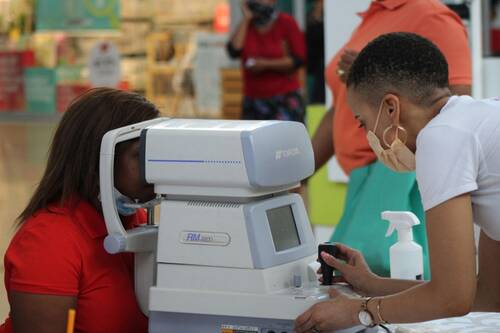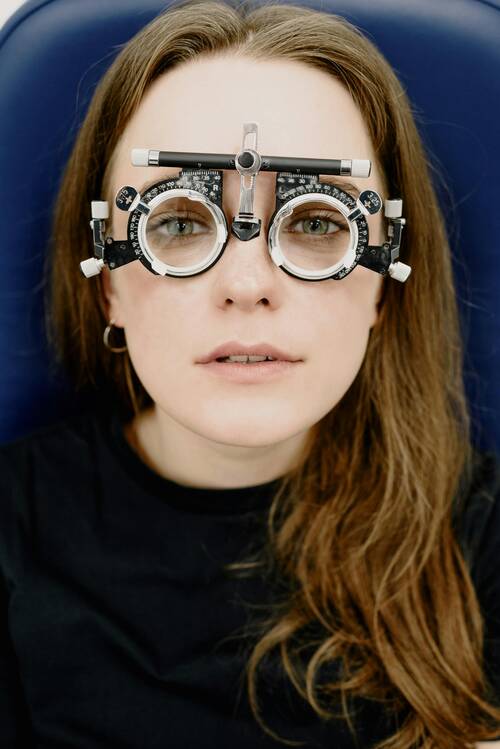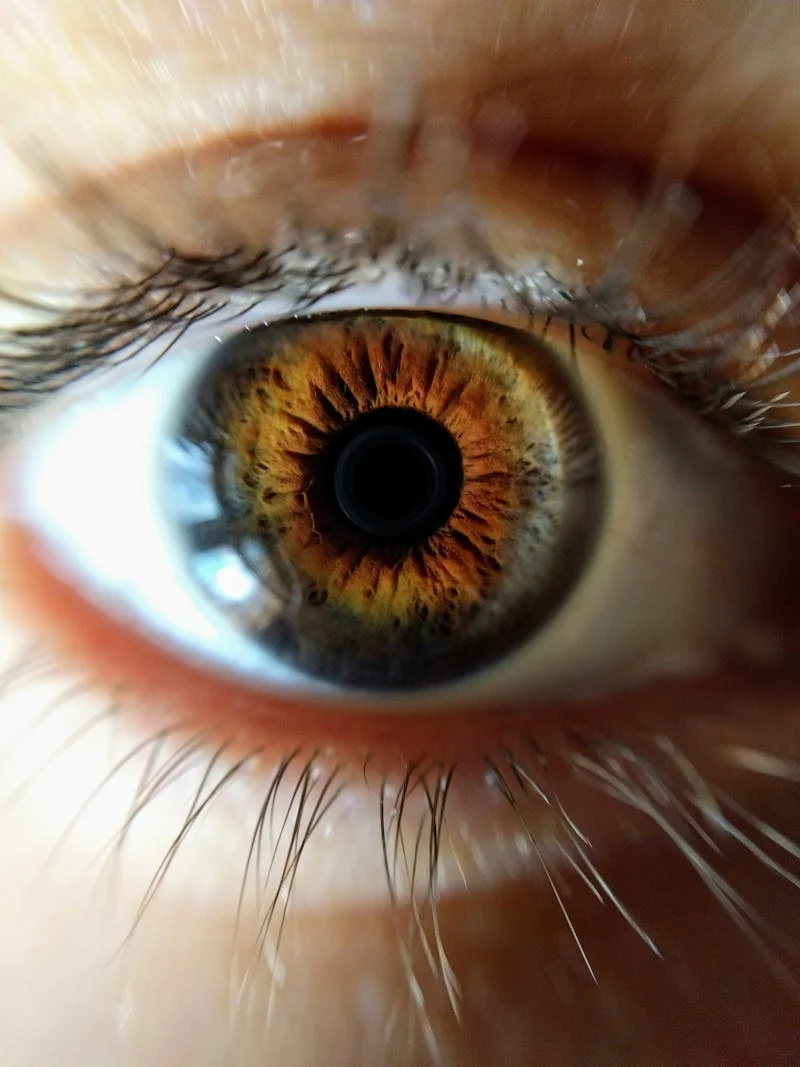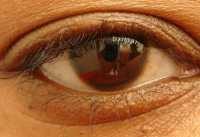Ophthalmology / 17.04.2025
How Can You Get Your Glasses Lenses Replaced Without Leaving Home: A Guide
Getting your glasses lenses replaced without leaving the comfort of your home is not only possible but also quite convenient. In recent years, several online services have emerged to make lens replacement simpler for you. By simply sending in your current frames, you can have your lenses updated with your latest prescription and get them back quickly and easily.
These services often offer free shipping both ways, allowing you to update your glasses effortlessly. You don't need to visit a store or wait in long lines. Instead, you can handle everything from start to finish from your computer or phone. Many of these providers also offer fast shipping options so that you can receive your updated glasses sooner than you might expect.
Additionally, these services provide a variety of lens options, fitting different budgets and needs. Whether you need standard lenses or have specific requirements like anti-reflective coating or blue light protection, there are solutions available to meet your needs. Getting your lenses replaced from home can save you time and simplify the process, making it a great option for keeping your vision clear and your eyewear up to date.
(more…)
















